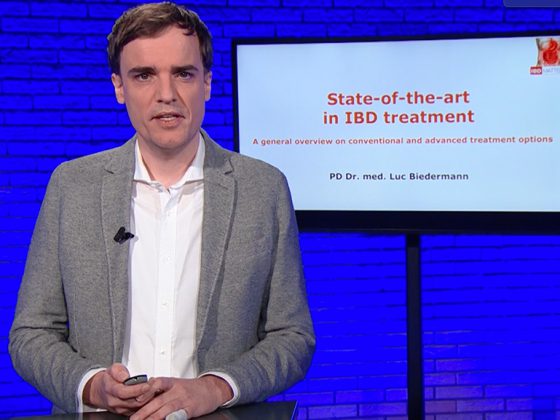High blood pressure is the cause of a number of sequelae, such as microvascular retinal changes. Hypertension can already begin in childhood – in most cases undetected. This is to change. This is because static vascular analysis can be used to detect changes in the retinal vessels and to initiate preventive measures.
Childhood hypertension is on the rise worldwide. It has now been revealed that high blood pressure has a reciprocal relationship with microvascular retinal changes. For this purpose, two static vessel analyses were performed in 282 children at an interval of four years. The retina of the eyes was examined. As a unique mirror of the entire body, it provides important information about vascular health. Narrowed or dilated arteries and veins in the retinal microcirculation provide information about the individual blood flow in the smallest blood vessels throughout the body. Children who already had impaired microvascular health at baseline showed higher systolic blood pressure in the second analysis. On the other hand, children who initially already had higher blood pressure developed significant narrower retinal arteries at the second examination.
Hypertension and associated vascular disease begin in childhood and continue to impact into adulthood. The results of the study imply that measures should be taken already in childhood. Here, static vascular analysis can help to take preventive measures at an early stage. Static vascular analysis and simple assessment of retinal vessel diameters can identify children at risk of developing high blood pressure and manifesting cardiovascular disease in adulthood. The required innovative systems are offered by the medical technology manufacturer Imedos Systems GmbH.
Source: “Recognizing the development of high blood pressure already in childhood”, 07/31/2020, Imedos Systems GmbH.
Further reading:
- Giulia Lona, et al (2020): Retinal Vessel Diameters and Blood Pressure Progression in Children. Available online: www.ahajournals.org/doi/10.1161/HYPERTENSIONAHA.120.14695
CARDIOVASC 2020; 19(4): 23











